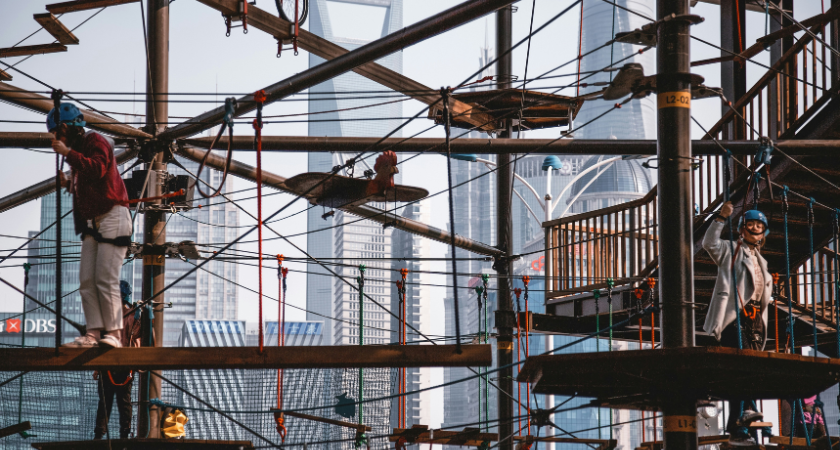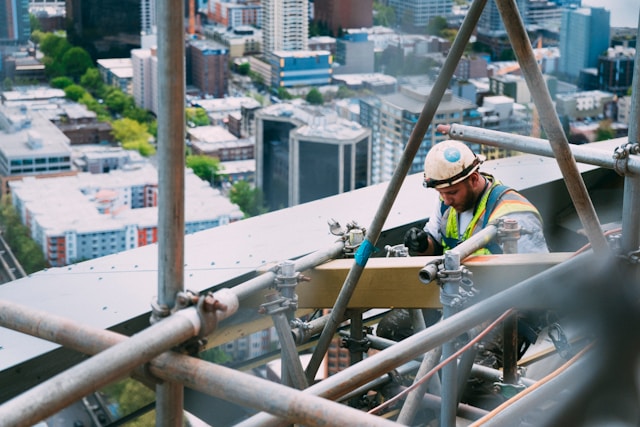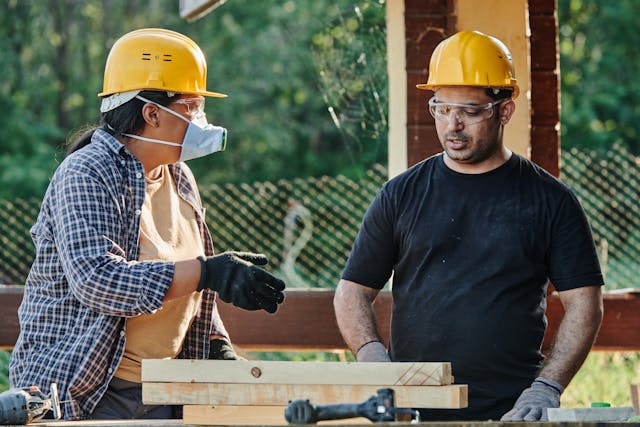
The construction sector is entering 2025 with a level of uncertainty that rivals the early post-pandemic period. “The construction industry is navigating some of the most unpredictable market conditions in recent memory – elevated interest rates, competing demands of equity and growth, shifting immigration policies, and tariff uncertainty,” writes Dominic Argentieri, President of DAVIS Construction. The bigger issue, he argues, is that “too often, the industry finds itself reacting to the latest challenge rather than preparing for it.”

While inflation has cooled in most sectors, building materials remain volatile. Argentieri notes that lumber pricing jumped more than 40% from Q2 2024 to Q2 2025, only to drop over 20% in Q3 2025 alone. Steel, aluminum, copper, and other essential commodities have seen similar whiplash, making pricing and scheduling far more complex during preconstruction.
Adding to the strain are ongoing tariffs and import taxes, which, although contributing “1-2% of overall construction costs,” still represent millions of dollars on large-scale projects already fighting rising labor, borrowing, and insurance expenses. Sudden trade policy shifts can derail bid assumptions, force last-minute substitutions, or delay vendor commitments.
But in Argentieri’s view, this environment is also exposing who is prepared — and who is not.
“As a result, construction companies that demonstrate proactive risk management now have a competitive advantage. Projects that can demonstrate to investors how they adapt and manage the risks around this volatility are more likely to secure financing and move projects forward, even in uncertain times.”
Developers are growing more cautious about greenlighting new projects if they can’t clearly forecast cost and execution. Argentieri explains that “investors want to see clear strategies for cost control, labor management, and supply chain resilience before they sign off on capital commitments.”
Even with the Federal Reserve issuing a quarter-point rate cut in September 2025, uncertainty remains. If interest rates stay flat into 2026, private sector construction will likely continue at a “slow pace.” However, if borrowing costs fall further, “the industry may see a surge in real estate investment… as companies try to get their jobs priced as quickly as possible.”

Firms that thrive in this environment are not waiting for certainty — they’re engineering it by:
Argentieri emphasizes that “transparency and proactive planning help clients understand that volatility is now a part of the environment and that the right team can navigate it without sacrificing quality or timelines.”
“When it comes to communication, we don’t wait until there’s a problem. We build procurement conversations into our preconstruction process, updating clients as market conditions evolve.”
At DAVIS Construction, every project uses real-time procurement dashboards, tariff tracking reports, and supplier contingency plans to show owners exactly how risk is being managed. The message is clear: uncertainty isn’t an excuse for inaction — it’s a mandate for better systems.
If 2024 was the year of reacting to inflation, 2025 must be the year of proactive construction playbooks. Firms that can “see around corners,” anticipate volatility, and communicate clearly will be the ones still moving dirt — while others wait on clarity that may not come.
Originally reported by Dominic Argentieri – President, DAVIS Construction in BIZ Journals